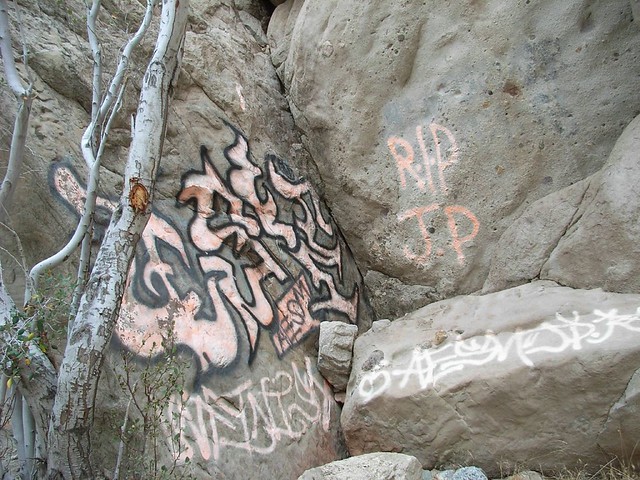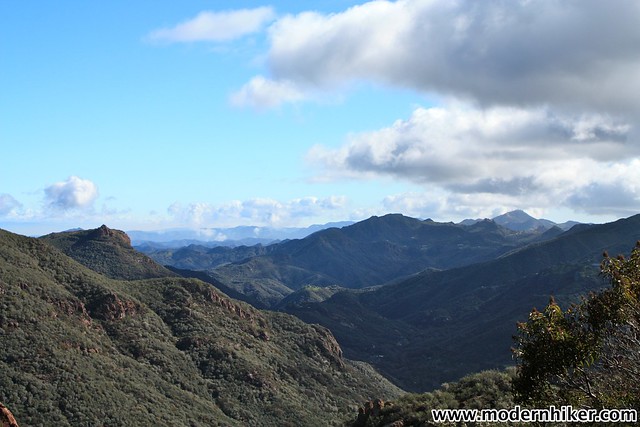In a recent post of a climbing video, Katie unfortunately had to deal with one of those horrible creatures known as Internet Trolls. Eventually, he turned from criticizing Katie’s climbing to her desire to teach her fellow climbers about conservation.
The troll thought the best way to preserve overcrowded landscapes was to shut people out of those areas, leaving them only for those ‘elite climbers’ who were able to treat the area with the proper respect. In his eyes, Katie was doing the climb a disservice by letting other people know about it, but Katie saw a teaching opportunity. Turning a potentially very negative situation into a positive one, she wrote:
There is no denying that the exploding popularity of climbing has brought some negative consequences on the outdoor community – but isn’t it our responsibility to change that? As climbers who “know better,” aren’t we obligated to pass on our wisdom and experiences to ensure that the ‘traditions’ of proper land stewardship, leave no trace, and giving back to the crags?
While Katie’s writing about climbers, the discussion applies to everyone who enjoys outdoor activities. We’ve all been on popular hiking trails that have CLIF bar wrappers in the bushes or graffiti on the boulders or bins overflowing with picnic trash – Bear Canyon and the East Fork Trail are the ones that come to mind first. The arguments I hear for locking people out are in the same vein – and usually with a healthy stripe of racist undertone, unfortunately – “those people” don’t know how to properly act in the Forest – so wouldn’t it just be better if we didn’t allow them in?

Over the years, I’ve decided that is most assuredly not the best solution. I fall on Katie’s side here – maybe we are the Expert Hikers of Southern California – but that doesn’t mean we should be the only ones who get to enjoy the trails and peaks here – that means you and I have an extra responsibility to set a good example for others on the trail. I’m sure I’m not the only one who’s taken out some extra trash, scolded someone for cutting a switchback, or stopped a kid from carving his name into a tree trunk, right?
I realize, of course, there is a delicate balance to be maintained – and it’s really hard to achieve that balance. I’m of a firm mind that no one – NO ONE – should be denied an experience in the outdoors, but that human impact does have to be properly managed. The National Park Service has tried a number of solutions, including education, permit restrictions, and shuttle services to reduce the impact of cars, with varying degrees of success.
I have found that the absolute best way to show someone how important it is to preserve wild, open spaces is to take them to one and let them experience it for themselves. If you take someone who doesn’t hike up to Sandstone Peak on a clear day, you have the chance to spark something truly great in them. And if you take the time along the way to show them just how fragile the environment is, you can inspire another knowledgeable conservationist – and potentially do more good for the trails you love than you’d ever do by putting up fences and roadblocks.

But what do you guys think? Should we be turning people away or doing a better job of educating them? Does Forest Service and Park Service need more money for enforcement? Have you ever had your own “Trail Ambassador” moment in the wilderness?
Tags: discussions, Environmentalism, Hiking, responsibility, trail access

